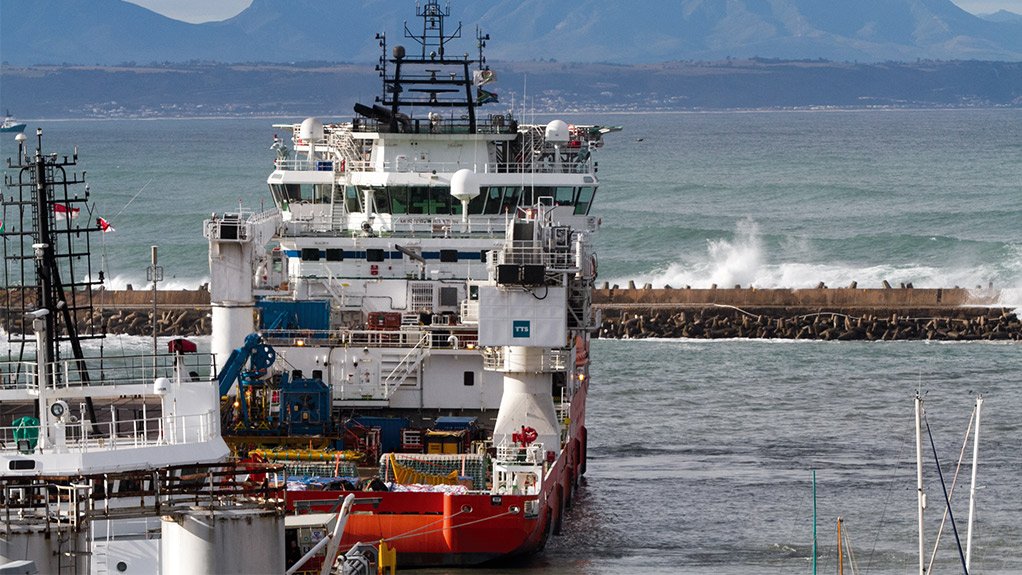While investment in South African ports is increasing, the accele- ration of the project pipeline announced by Transnet National Ports Authority (TNPA) would greatly benefit the country, says global engineering company Aurecon Group capital projects principal Johan de la Rey.
“There is an overall South African port infrastructure masterplan programme, which is positive in terms of long-term project planning. Execution of this plan will be boosted by building a pipeline of execution- ready projects and expediting procurement, enabling timely commencement.”
The comprehensive port infrastructure masterplan, updated in 2017, includes new emerging technologies such as vessel navigation, port security and new initiatives in port maintenance. The demand forecast includes an updated beneficia- tion scenario with an added original-equipment manufacturer vehicle plant.
It also includes plans per individual port, comprising major project lists across the port system; more detailed capacity planning with alignment across the berth, terminal and external transport modes; and a more detailed assessment of importing liquefied natural gas through the port system.
Plans for ports overall include reducing maintenance backlogs, and increasing sustaining and expansion capital.
De la Rey says that progressing projects in the pipeline past the feasibility stage to become “execution-ready” will help expedite capital and maintenance execution and the challenge of using capital that is made available. In this way, project startup can be expedited when funding is allocated, assisting those responsible for, or custo- dians of, the typical backlog.
Possible Solutions and Enablers
De la Rey says one of the enablers of carrying out the infrastructure masterplan could include further increasing partnerships between the public and private sectors to unlock more funding for feasible projects.
Another enabler is adopting a detailed programme view to track execution of the master- plan. Taking a programme view entails grouping the right projects to allow for focus and measurement of the intended outcomes and benefits of the investments that are being made.
A programme view also requires and facilitates an inclusive approach, meaning, engagement with stakeholders, clients, port and rail operators, shipping companies, city masterplans, trucking and logistics providers so that balanced outcomes and benefits can be defined. This is usually a complex process, which, of course, has to be completed, taking cognisance of laws and regulations impacting on competition, procurement, regulated tariffs, among others, De la Rey explains.
“When projects are grouped in a programme, they are more measurable from both a medium and long-term view. With milestones built into a programme’s design, it enables tracking through interim reviews to evaluate the progress made. Tracking of programme milestones also enables you to update and redefine outcomes and benefits to take account of changing economic and commodity cycles so that avail- able capital can be redirected for maximum impact.
“As has been in the news before, I think our ports have the potential, with increased investment to improve their competitiveness and counter the risk of the loss of freight volumes and exports to competing ports, such as Maputo, in Mozambique,” he adds.
Meanwhile, he mentions that, operationally, there can be opportunity for improved efficiency through improvements in berth optimisation through integrated planning between port and terminal operators with regard to marine resources.
Further, efficiency improvements may include bench- marking of port staff levels and integrated operator resource planning to minimise service delays for berthed vessels. This will ensure efficient use of marine resources, staff, crane and quay-side asset productivity, which, in turn, will positively impact on logistics efficiency, such as rail and truck turnaround times, he adds.
Generically, some lessons learnt from projects concluded on multiple continents show that inefficiency often stems from substandard or outdated business cases, leading to a fair amount of scope changes. The latter is not always governed correctly or detected by monitoring and reporting processes, assurance processes or the project management office.
Speaking on the use of up-and-coming contractors, De la Rey adds that, “it can be attractive from a budgeting and enterprise development perspective, but they may not have the right skills or risk profiles. Asset owners do not always unpack this risk and realise that they, in effect, retain the risk of poor or nondelivery, despite what the contract may suggest. In this instance, the owner should increase his/her scrutiny and oversight over the contractor to ensure that the risk is appropriately mitigated”.
In the event that something goes wrong with project delivery, those contractors would not have the resources or balance sheet to fix it, De la Rey adds, concluding that “we need to share the work fairly and develop emerging businesses, but we must have the project management skills and resources to manage the chosen risks accordingly”.
Edited by: Zandile Mavuso
Creamer Media Senior Deputy Editor: Features
EMAIL THIS ARTICLE SAVE THIS ARTICLE
ARTICLE ENQUIRY
To subscribe email subscriptions@creamermedia.co.za or click here
To advertise email advertising@creamermedia.co.za or click here















